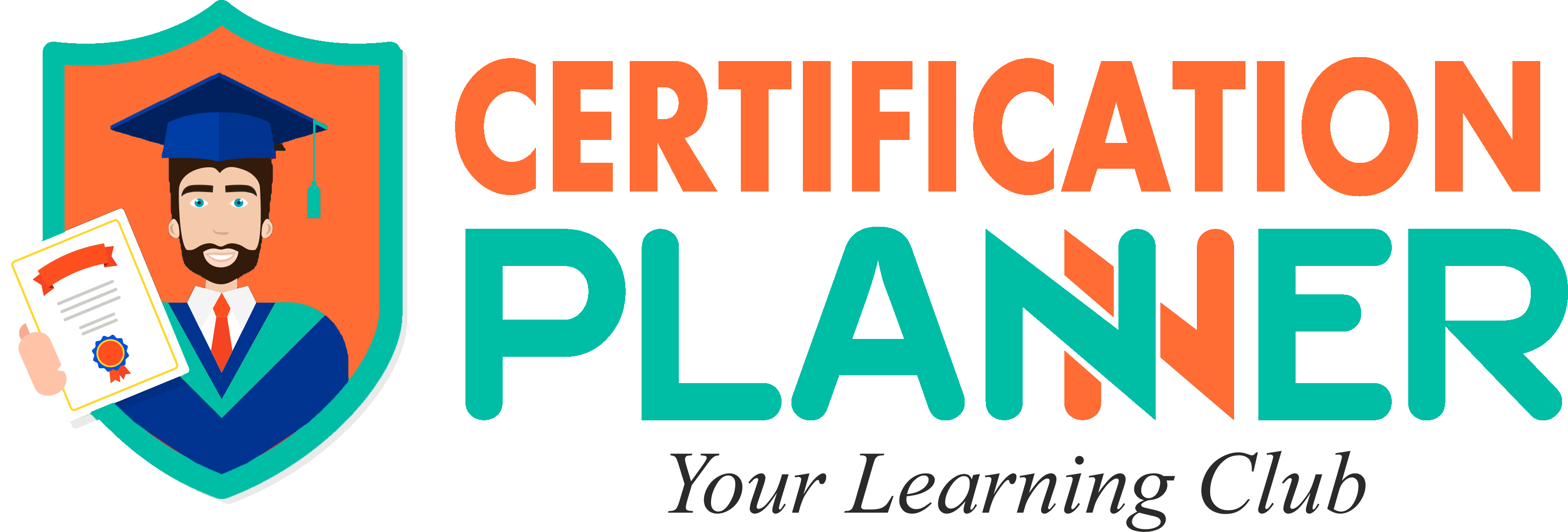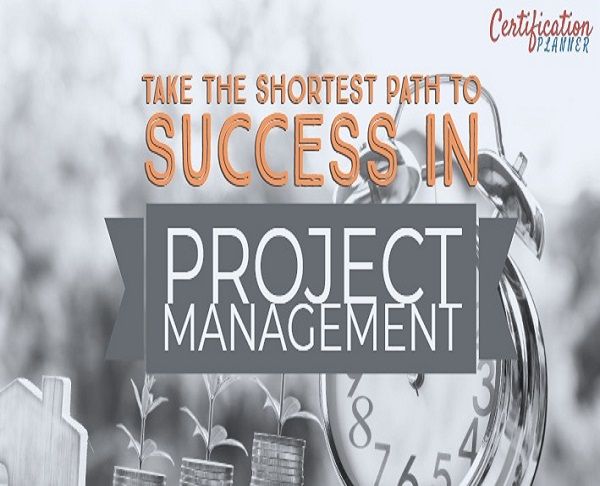Take the Shortest Path to Success in Project Management
Are you planning to be a project manager? Project managers can easily qualify as the lifeline of a project. They are the ones who must make sure that things are done quickly and accurately. The task of managing the deadline falls into a project manager's bucket. Not just that, a project manager also must make sure that the team sticks to the scope of the task. In order to accomplish all this, a project manager must have an analytical acumen without letting the numbers fiddle the creative voice of his/hers.
So, what does it take to become a project manager? The answer to this question is not a simple one owing to the fact that there are multiple ways to become a project manager or to lead and coordinate a project. There are several factors that come into play, from skill to experience. In this article, we are going to discuss two paths to becoming a project manager: a more structured path led by formal education and training and a path guided by personal experience.
Path 1: Structured Growth with Project Management Education and Certification.
Step 1: Decide to become project manager:
The decision to switch to the project management can come early in your career from your college or during your professional career after being a part of a project for some time. If you are planning to pursue your career in project management, it is advisable to develop a general understanding of what happens in project management. Which working on a college project can give you some idea, as to what happens in project management, the corporate version of the same can be very different. Also, being a part of a corporate team may not give you complete exposure to the extent of task and scope. So, the best way to move forward would be to interview a project manager who could give you an overview or follow any project management forum where you can learn more about the stream. Like every other job function, Project Management has its pros and cons. Try to find that out and decide whether it is for you or not.
Step 2: Decide which certification you want to take up:
There are multiple certification options available in project management. However, the selection of these certifications may depend upon several factors experience, location, scope of work, etc. We will discuss a couple of certifications in the Project management spectrum and when can you take them up:
CAPM: CAPM is a certification designed for people who are new to project management and want an initial understanding of Project management principles, functions, and best practices.
PMP: PMP is a gold standard certification in the Project management spectrum and is taken by professionals with decent project management experience. PMP can be the next step after CAPM and deals in detail about the practical application of project management methodologies and principles.
PMI-ACP: Is the certification that you can opt after PMP if you want to gain expertise in the Agile methodologies.
CSM: Certified Scrum Master is another certification that you can take up post PMP. CSM is governed by ScrumAlliance and it pays specific attention to Scrum.
CSPO: This is the next step after CSM and should be taken up if you need extensive information in Scrum.
Prince 2 Suit: Prince 2 suit is more common in the UK region and is the equivalent of CAPM and PMP although not as famous.
There are several other certifications that you can take up as an when you move up the project management ladder.
Step 3: Begin your Education:
There are several training facilitators who provide courses for all of the above-mentioned certifications. While there are standard books like PMBOK, tailor maid course materials provided by these training organizations are also very beneficial. Remember to take your time during the preparation and take up as many practice examinations as possible. You can take various modes of training from in class to live online training. If you can not invest a fixed duration for the preparation, you can also choose Self-Paced learning. Certification Planner provides all these modes of training for all of the certifications. You can check these courses on certificationplanner.com.
Step 4: Take your Examination:
One major reason why most of the certifications in the Project management spectrum holds credibility is because of a standard examination. Institutes like PMI and Scrum Alliance go to extensive lengths to maintain the integrity and standard of the examination. So, do not take the examination process lightly. In addition to the examination, you might also have to go through an audit or personal review for certain certifications.
Step 5: Maintain your certification:
Another major reason why these certifications remain relevant even in the ever-changing business environment is that participants have to continuously adapt to the changes and acquire knowledge to maintain their certifications. While you might have to give re-examination for certain certifications, others might require you to indulge in continuous development activities.
Part 2: Project management through Experience
Step 1: Identified Potential
You have been assigned the task of managing the project. This could have happened after being a part of various projects and gaining experience and certain skills in the project management spectrum. You certainly have certain skills that are important for project management and your potential has been recognized. This predominantly forms the first step to the second stream of growth that we will discuss. What do you do now? This leads us to step 2.
Step 2: Identify the skills that you require
While you have several skills, there would be certain skills that you might have missed out on. It is time to identify these skills. This is the most difficult stage in adult learning and is termed as conscious incompetence. This is the stage when you realize there are things that you need to learn and you make honest attempts to acquire them.
Step 3: Acquiring the skills
Now that you have decided on the skills you need; you need to find ways to acquire them. Other Project managers in your circle can be of assistance or you may get help from your manager or other senior members of your organization. You can also take the help of self-learning tools.
Step 4: Implement what you have learned:
At some point, you will have to implement what you have learned. The process is generally slow as you are too careful and there is very little help available. However, the learning you get is of utmost importance.
Step 5: Decide on the Next Step:
While the learning process is a continuous one, you will reach a position where you will have a clear picture of what you want to do next. You might need some formal training or a change in working style.
While your overall journey can be of one of the above types you might often find switching between the two structures for optimal result. While Starting with certification can give you a strong start and structured learning, the experience is important to solidify the learnings. It is difficult to put an end to the tussle between certification and experience. However, Certification comes with multiple advantages like structured learning, shorter learning duration, expert help to guide you and quicker personal development. You can benefit from the experience of others and quickly identify the best practices in the spectrum.
If you are planning to take up a certification course, we might be of help. Certification Planner is committed to connecting you to the best training solution. If you have any query you can connect with us at support@certificationplanner.com or call us at +1 4084185586. Let our Training experts help you reach your full potential. Happy Learning!


Comments (0)